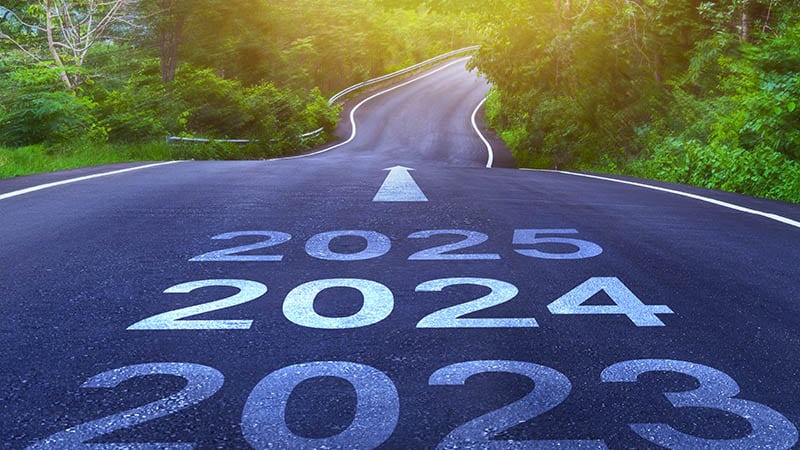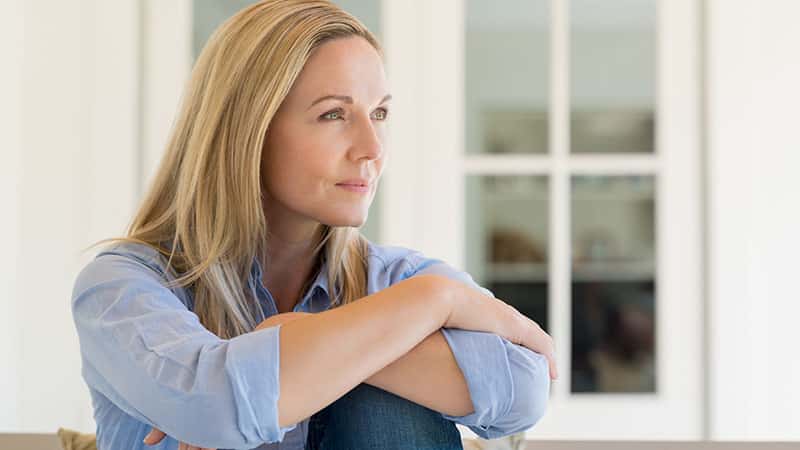
Did you know your kidneys can help you get ready for bathing suit season?
It’s true: Among the important functions your two kidneys perform for your body, they burn calories. The kinds of calories they burn, however, can make a difference in their health, because your kidneys process everything you eat by filtering your blood. More than eight quarts of blood an hour, in fact.
In the process of filtering waste from your blood, your kidneys balance all the nutrients that enter your blood stream, such as salts, acids, potassium, and phosphates. Too much of certain foods may damage the kidneys’ tiny filters, called tubules. This is especially the case for the 33% of adults at risk of kidney disease, the National Kidney Foundation warns.
Nutrition also plays a role in your chances of developing urinary tract infections, kidney stones, and kidney cancer. So choose foods that are good for your kidneys, and swimsuit season. Here are some tips.
The Kinds of Foods That Are Good for the Kidneys
Your kidneys are located in your lower back on either side of your backbone and receive blood directly from the heart through an artery. They filter the blood, push the cleansed blood into circulation, and pass remaining fluid to the bladder as urine.
Based on research, these food categories carry a balance of nutrients that may make the kidneys’ job easier.
- Vegetable combos – Different veggies carry various amounts of vitamins and nutrients, so the rule of thumb is to mix colors. Red veggies deliver lycopene, which has been found to reduce cancer risks. Yellow and orange are high in vitamins A and C. Dark leafy greens, Brussels sprouts and cruciferous veggies like broccoli carry vitamin K and antioxidants that support immunity.
- Most fruits – Like vegetables, fruits reveal their nutrition by color. Mix apples, oranges, pears, berries, and cherries daily for a kidney-friendly balance of vitamins, antioxidants, and fiber. Peel a banana, too, if you don’thave kidney disease. Bananas carry a high dose of potassium, which can be hard for kidneys to filter. Pineapple can be a good alternative.
- Non-animal proteins – The protein that comes from plants – think nuts, seeds, and beans – is fibrous and full of “good” fats, including omega-3 fatty acid. Soybeans, macadamia nuts, pecans, and flax seeds are good options. But eat in moderation because some nuts and seeds, including chia seeds, are high in oxalates, which contribute to kidney stones.
- Non-fatty animal proteins – Many animal proteins contain fatty acids that can overwork the kidneys if eaten in high doses. Alternate red meats with leaner animal proteins such as fish, skinless poultry, eggs, and low-fat yogurt. Bonus: high-calcium foods, including yogurt, can help keep oxalates in check.
- Fiber-rich grains – In addition to fiber, whole grains such as oats, whole wheat, barley, and brown rice provide essential vitamins and minerals including magnesium, iron, and zinc. Whole grains also fill you up, so you’re less likely to overeat, and research finds they may benefit people with kidney disease.
- The spice rack – Use spices to add flavor and nutrition to your foods. Common spices such as cinnamon, cumin, chili powder, turmeric, and ginger pack antioxidants and minerals and because they typically are low in salt, they can be a meal-boosting go-to for people who have had kidney stones.
Recognize the Symptoms of Kidney Conditions
One in seven adults have kidney disease, yet 90% are unaware, according to the National Kidney Foundation. Among the most common symptoms is pain that radiates down either side of your lower back or sides. If you experience this symptom, don’t ignore it. Your doctor can check how well your kidneys function with an easy blood test or urine test.
Among common kidney conditions:
Urinary tract infections (UTIs) – Up to 50% of women and 12% of men experience a UTI at some time, and the risk of UTIs recurring increases after one infection. Untreated, these bacterial infections can advance from the urethra and bladder to the kidneys (pyelonephritis), which can become serious. Symptoms include pain in the lower back or side, nausea, and fever.
Kidney stones – Kidney stones are salts and waste chemicals that bind together due to a lack of liquid. For this reason, stones are twice as common in the southeastern U.S., where people tend to sweat and become dehydrated. Stones can go unnoticed unless they move to the tubes that carry out urine (ureters). If a stone becomes lodged and blocks urine, the backed-up waste can cause an infection (UTI) and stone disease. Common symptoms include severe pain and blood in the urine.
Kidney cancer – Kidney cancer, or renal cell cancer, occurs when cells in the tubules grow out of control and form tumors that prevent healthy cells from performing well. It ranks among the 10 most common forms of cancer, but occurs more frequently in men than women. Because kidney cancer develops in the tubules, it and kidney disease are linked.
Feed Your Kidneys the Right Calories to Burn
Your kidneys exercise hard to keep you in good health, so reward them with the foods that help them perform. When thinking about your next meal, be mindful to choose more of the foods that are good for the kidneys. The swimsuit you wear might not reveal them, but you should feel the difference.
The providers at Advanced Urology Institute can help you with your kidney health questions. Request an appointment at one of our more than 30 locations. Or learn more about the kidney conditions we treat.























 Sometimes, men can be pretty bad at talking about stuff that matters. For example, did you know that 44% of men are worried about erectile dysfunction, but only two in five will seek professional help?
Sometimes, men can be pretty bad at talking about stuff that matters. For example, did you know that 44% of men are worried about erectile dysfunction, but only two in five will seek professional help?
